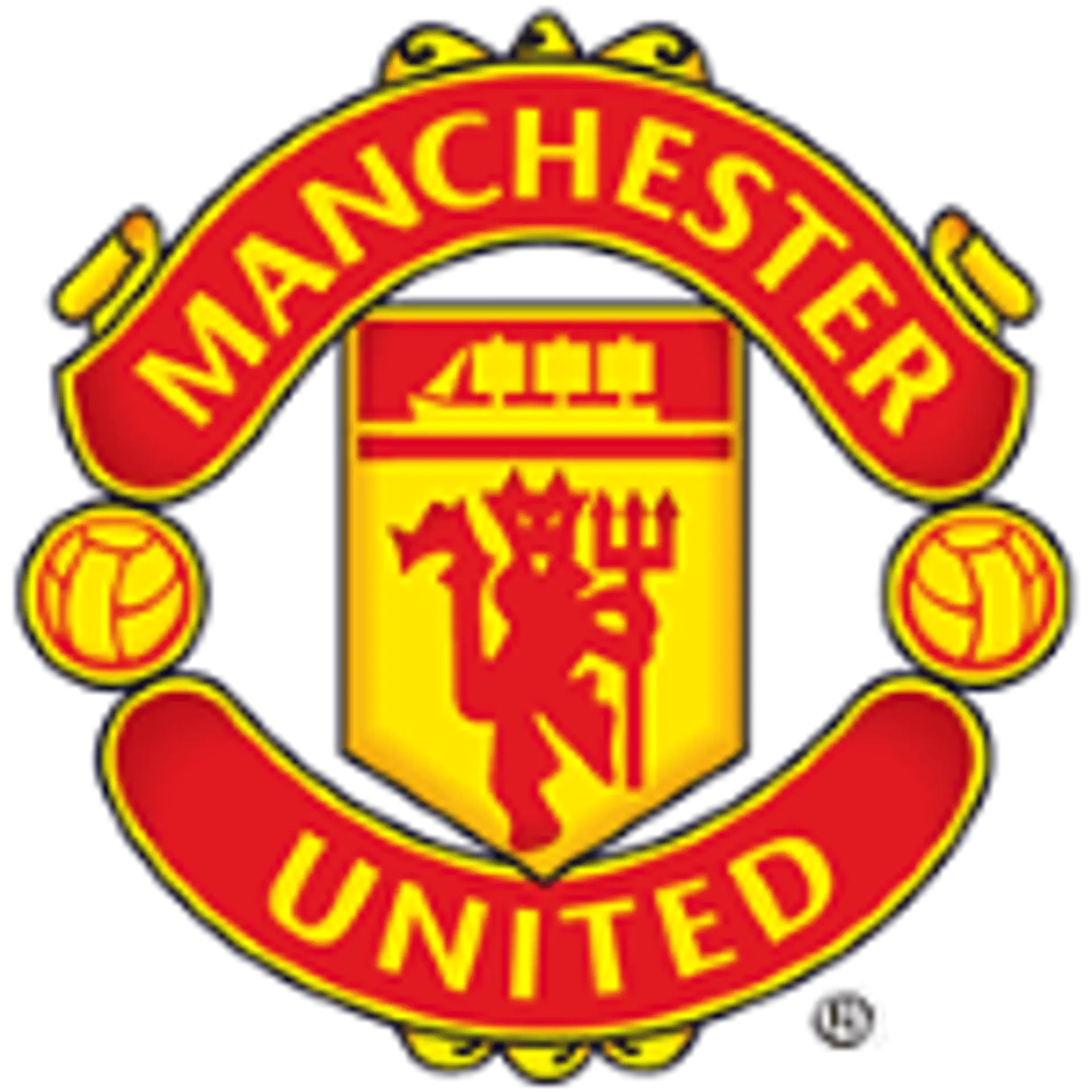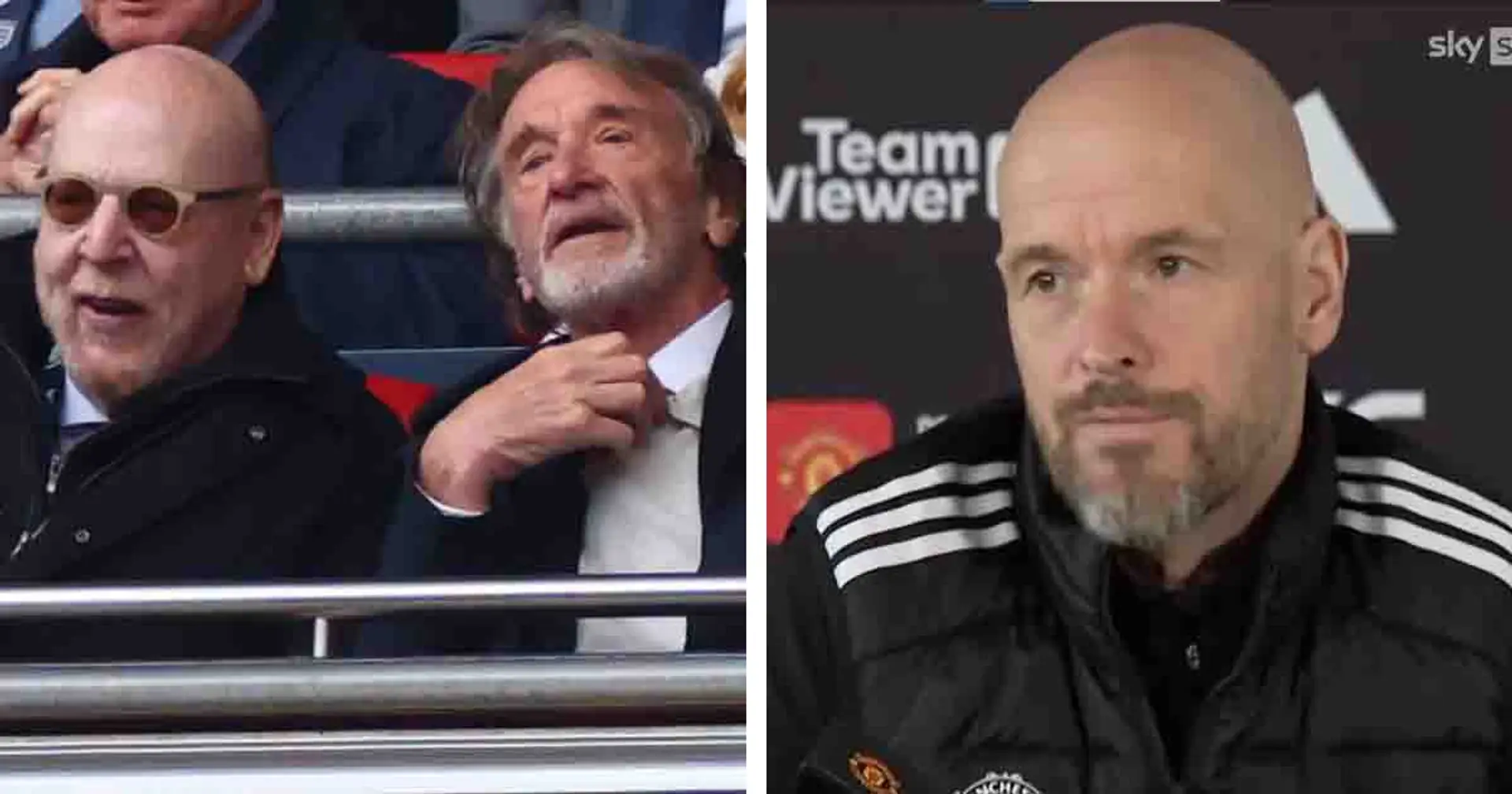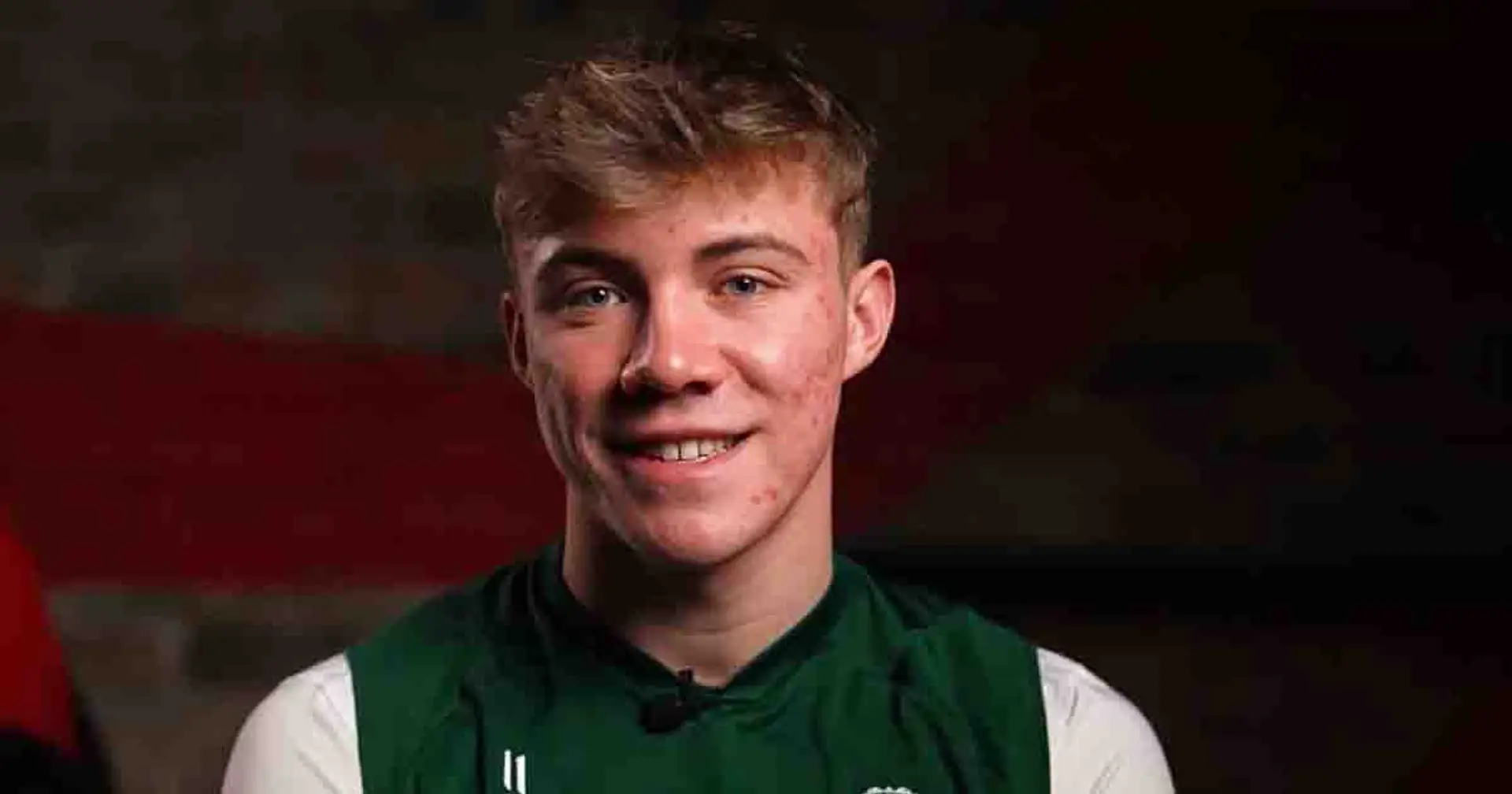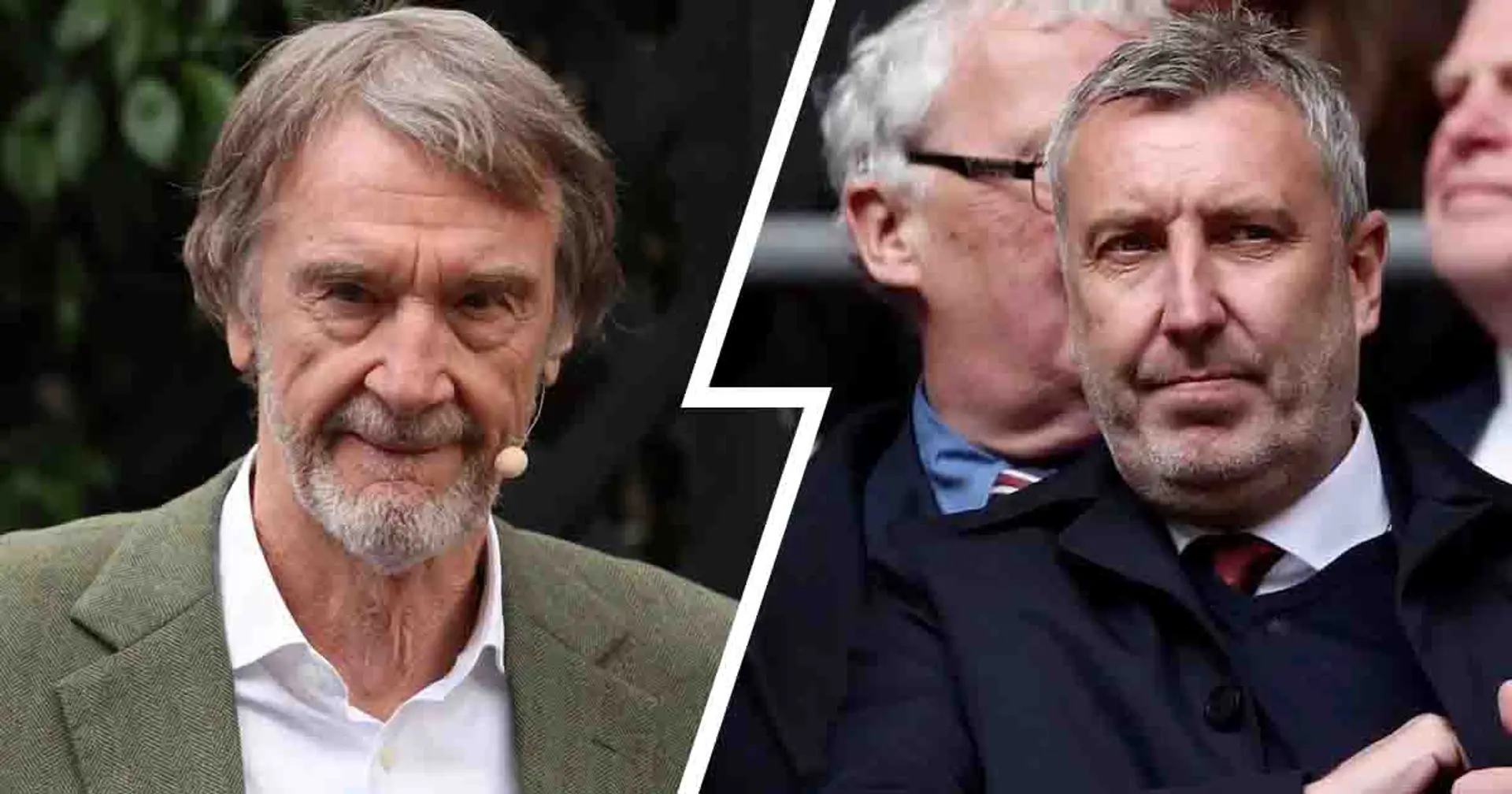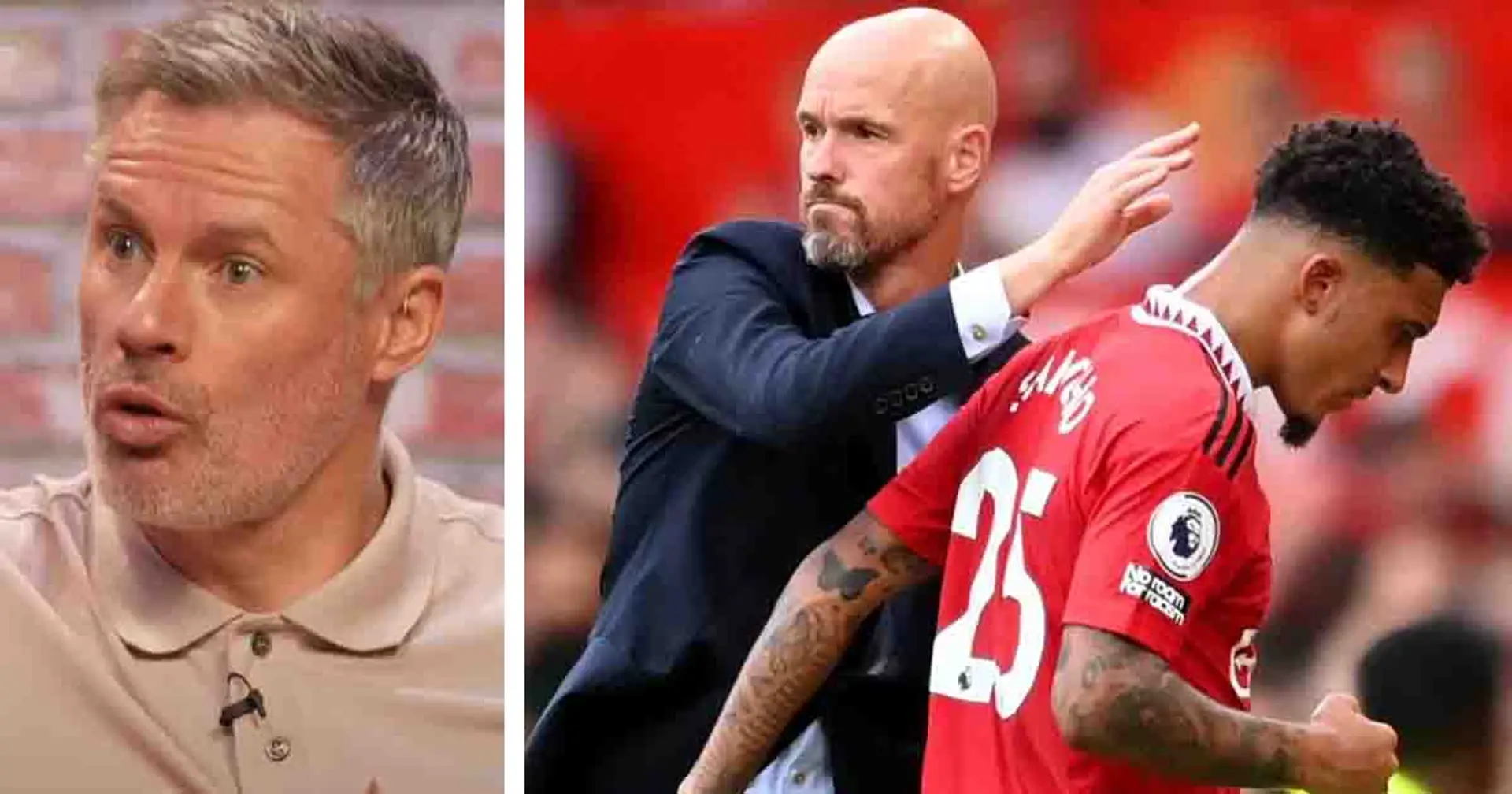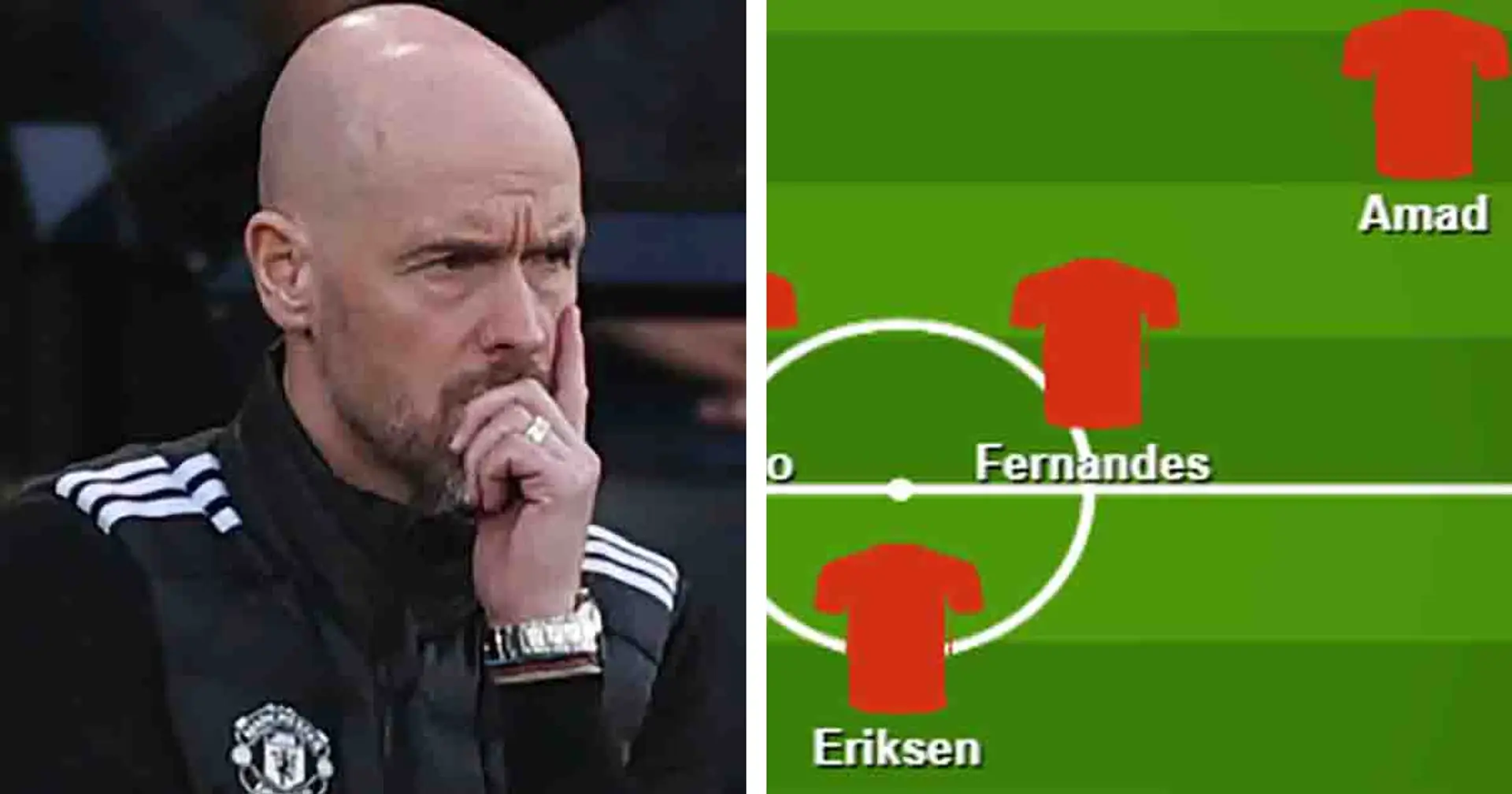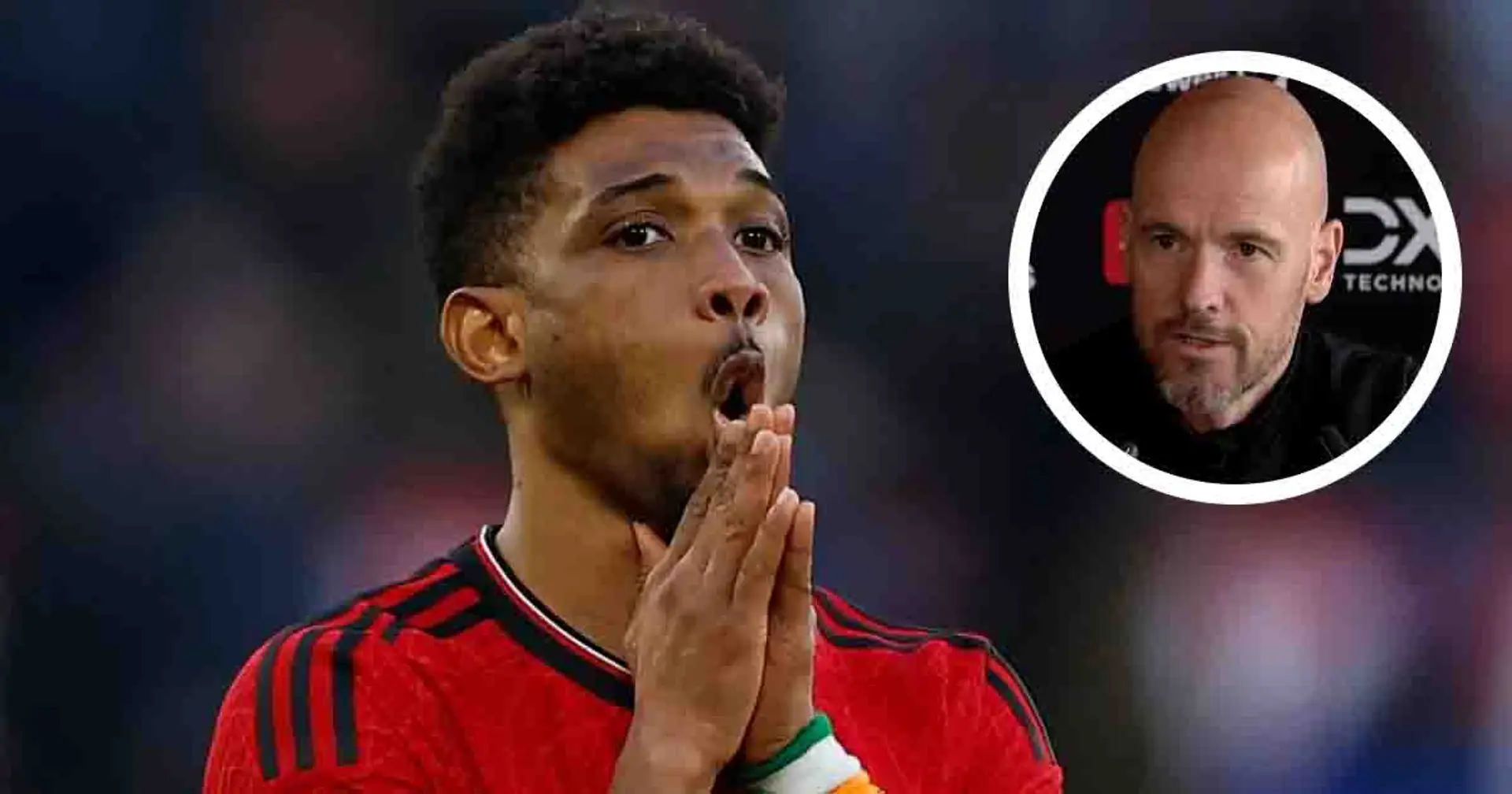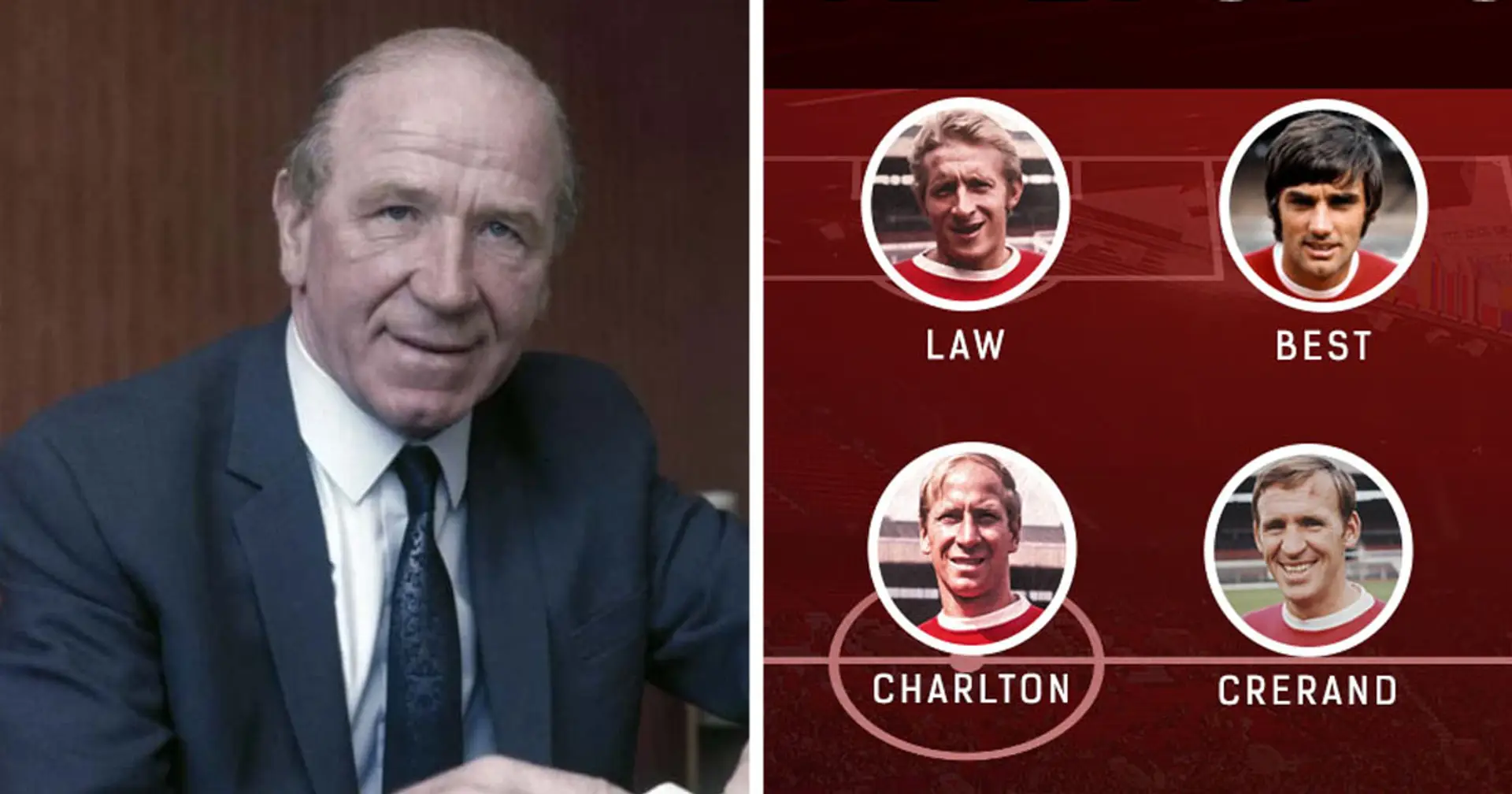
As we asked you guys what you’d like us to write about, Tribuna.com user Jared Rietveld came up with a fascinating idea.
‘What was the style of play for busby babes?’ he suggested in the comments and we thought, “sure, why not?”
Of course, none of us here have seen the legendary Babes playing live nearly sixty years ago. But here is what we know about their style of play.
- Relentless training sessions.
Before the games took place, Sir Matt Busby would ensure that his players are up to the task to dominate on the pitch. During pre-season, he would make the players run through the streets, up and down the Old Trafford terraces.
Not just that, but he would also make them clamber over moulds of wild snag near our Cliff training ground back then. He made the players see as much of the ball as possible, ensuring that each training session ended up with a game between the players.
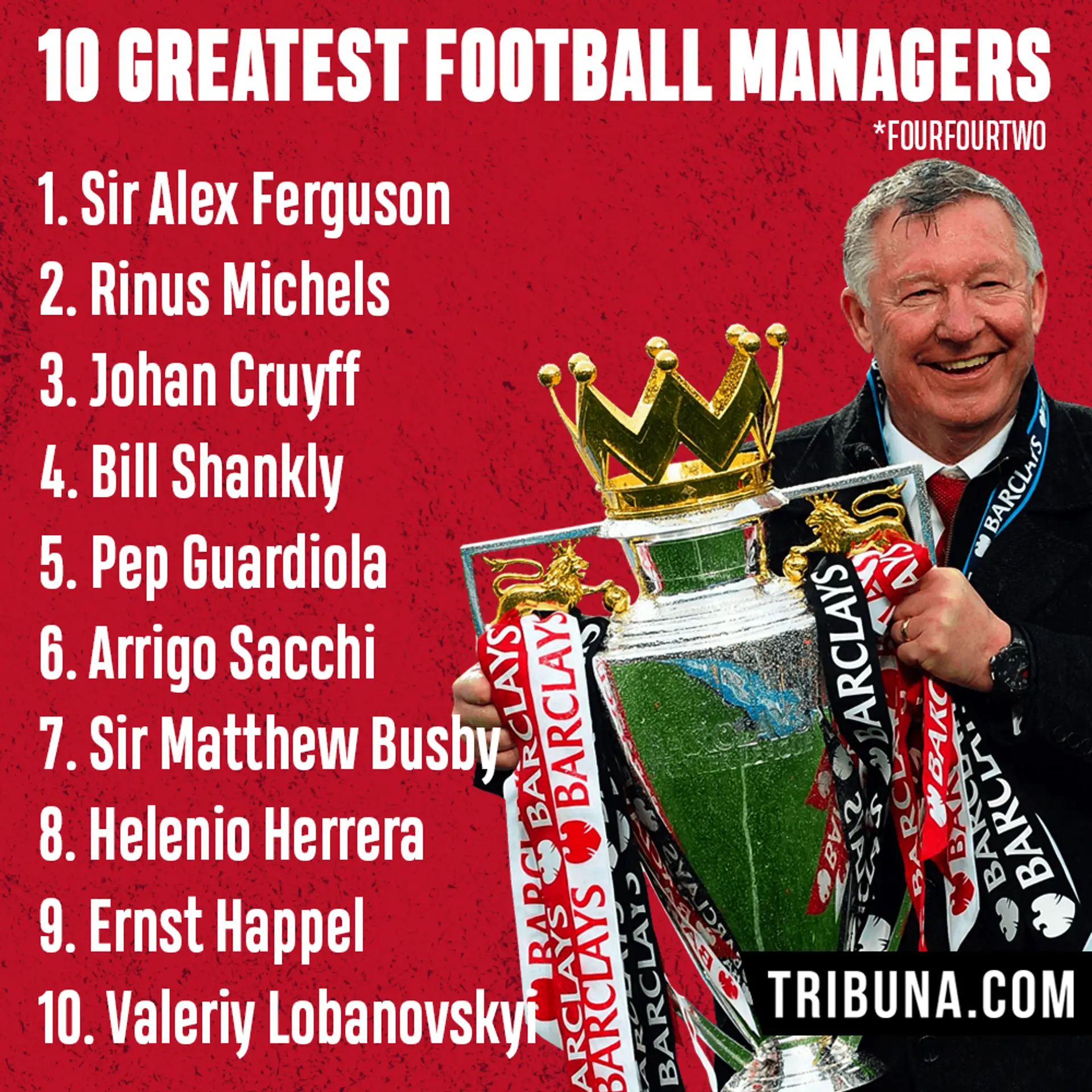
He would also make the players run around the edge of the pitch for an hour during every training session. This would be followed up with a practice game, ensuring the players are tested to the absolute limit.
- Freedom is the name of the game.
Sir Matt never had the reputation of being a “master tactician” but knew how to connect with the players well. He gave the players all the freedom in the world to do whatever they wanted as long as they displayed his attacking philosophy.
Sir Bobby Charlton wrote about this on his autobiography ‘My Manchester United Years” and explained: “Matt wasn’t a coach as such and he never stopped and told you what to do.
“The idea of tactics that are part of the game now, weren’t then. What he did was make sure he got the best players and instilled in them a will to entertain.”
- The original Busby Babes
The Busby Babes gained their freedom in the mid-1950s when United won back-to-back league titles in 1956 and 1957. This team mainly featured a flurry of talented, hard-working young players who were packed with versatility.
With this crop, Sir Matt played a very intriguing formation. He played the 2-3-5 formation which would often change in different shapes according to the needs.
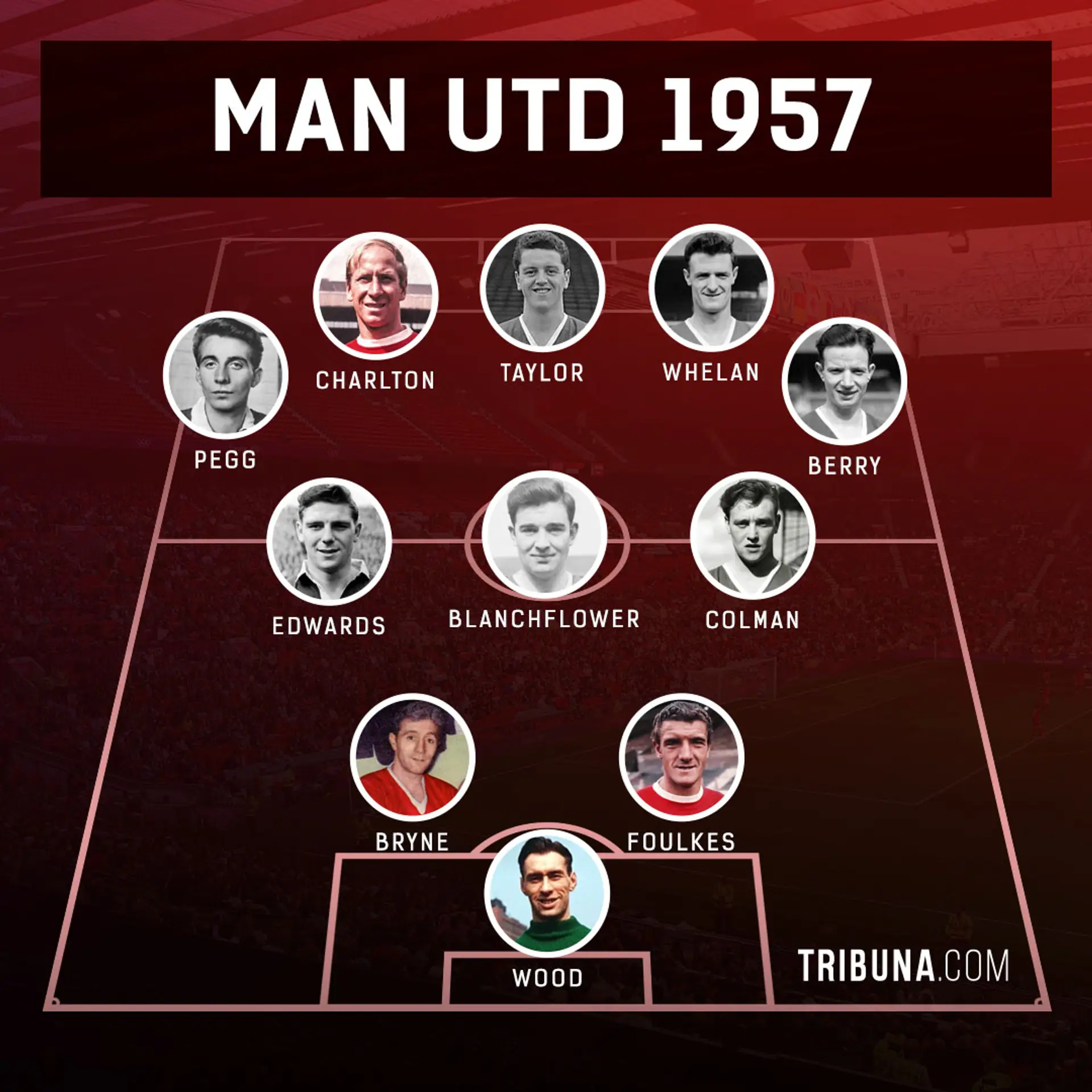
It usually looked towards attacking down the wings with many players interchanging positions and moving the ball quickly. David Pegg and Johnny Berry, playing as wingers, would also trackback to fulfil full-back duties.
Bill Foulkes could defend, attack and move into various positions according to needs. Duncan Edwards was so talented he could play in any position on the pitch with ease. United’s philosophy under Sir Matt was always to focus on intense attacking. Bobby Charlton also played much higher forward in his younger days to push through attacks.
Hence, most players bombed forward in numbers to torment defenders. Tommy Taylor, the flamboyant striker, was the centre-piece of the attack and often finished up the moves. United were also reliant on the electric wing-play of Pegg and Berry, stretching defences and creating space to give defenders an absolute nightmare.
- Post-Munich Europe conquering Babes
As Matt Busby’s original Babes reached their height, the tragic Munich disaster struck. The legendary manager was shaken but he refused to step down as United manager. Instead, he sought onto building a new team.
Indeed, Sir Matt then roped in the likes of George Best, Dennis Law, Paddy Crerand. He also made Charlton and Foulkes centre-pieces of his new team, giving Sir Bobby incentive to dictate everything.
Best was the tormentor with his insane dribbling ability in either wing, creating the bulk of chances. Sir Bobby worked on both ends of the pitch and was known for emphatic long-range goals. Dennis Law added that extra finesse in the attack.
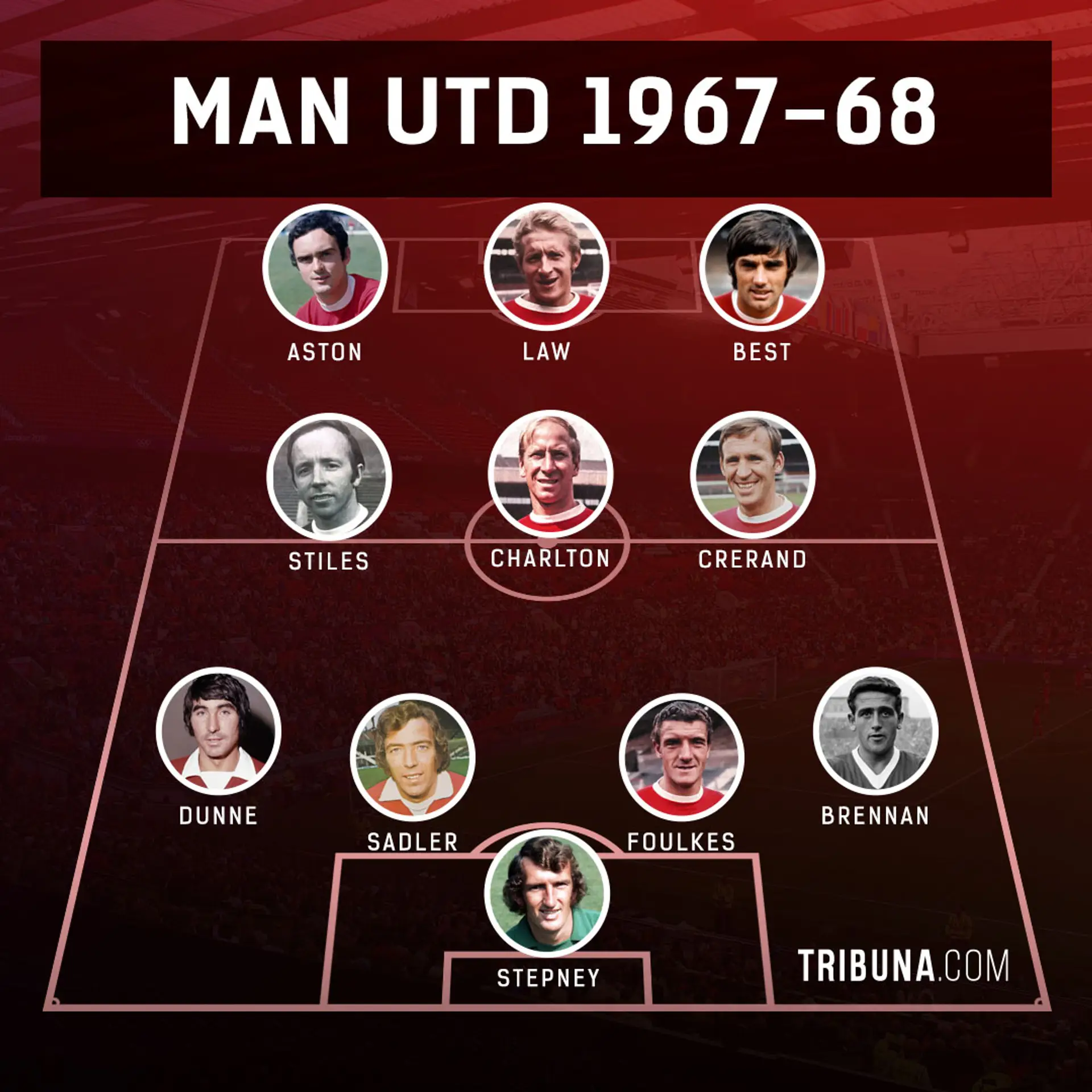
Sir Matt switched to a new 4-2-4 formation(often switching to 4-3-3) in the season United won the European Cup (now known as the Champions League). In this, the majority of attack took place in form of quick, incisive moves through the wings and bombastic movement in the middle.
However, the full-backs would often overlap to add that extra intense pressure to the fray. Charlton, the captain, had the free role of roaming around the final third. Best and John Aston created chances, while Law finished them. Crerand was the ‘fighter’ who helped on the defensive end alongside Nobby Stiles.
It was with this modified 4-3-3 formation that United ousted Eusebio’s Benfica team in the 1968 final, with Charlton getting two goals. The Red Devils won it for those who succumbed in the tragedy and did it so the “United way” of exciting, attacking football.
